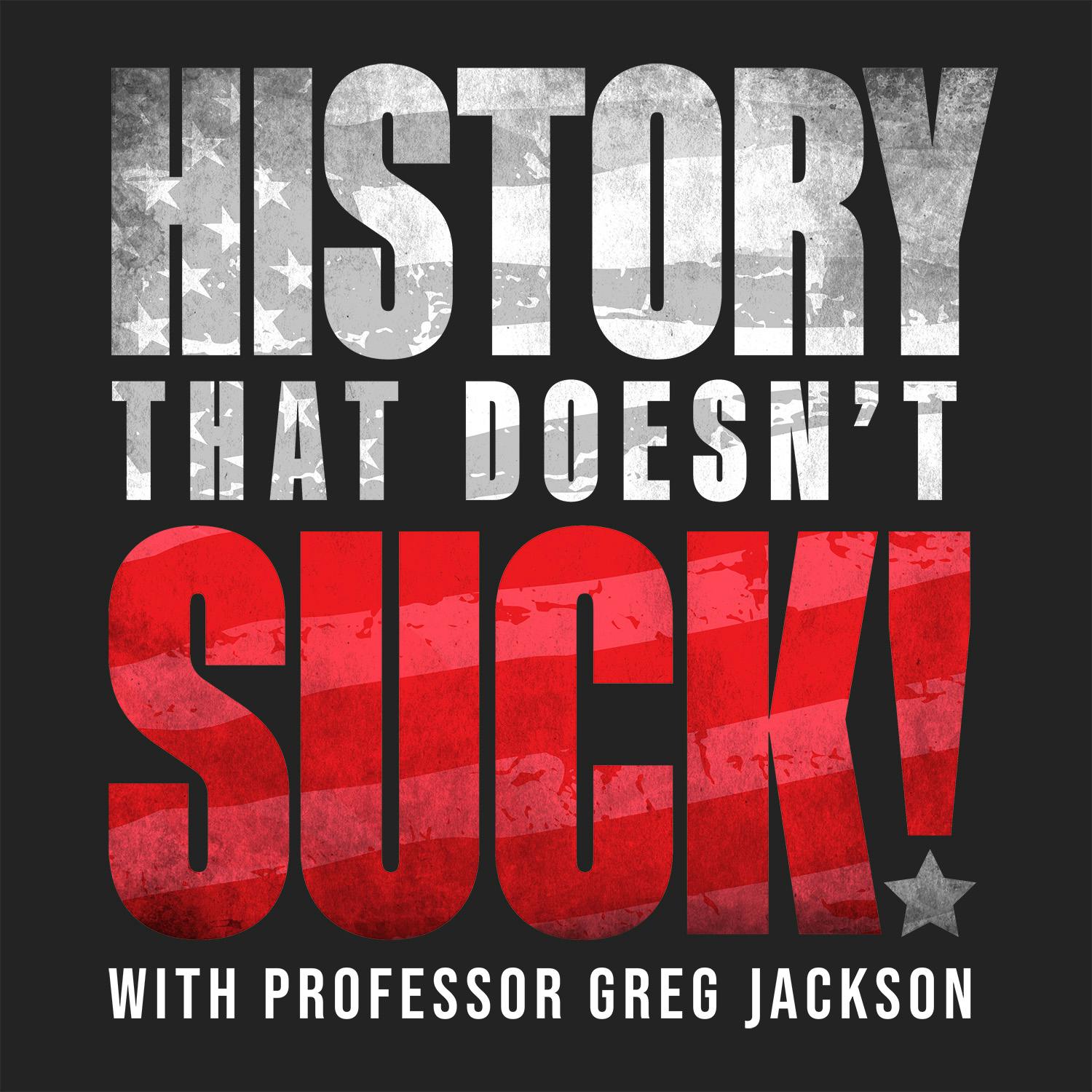163: The Show (Boat) Must Go On: Broadway and the American Musical
Description
“Miller, Lyles, and I were standing near the exit door . . . Blake stuck out there in front, leading the orchestra—his bald head would get the brunt of the tomatoes and rotten eggs.”
This is the story of American musical theater and the dawn of modern Broadway.
Popular entertainment is evolving fast in the early twentieth century. Minstrel shows just aren’t drawing the same numbers anymore (for good reason), and burlesque and variety shows abound. The earliest “official” musical, The Black Crook takes several notes from these sometimes scandalous shows, as do Flo Ziegfeld’s new “revues.” By the 1920s, composers, writers, and choreographers are experimenting with what a musical production can do: using songs to advance the plot (thanks Hammerstein!), and incorporating new music genres like jazz.
Big players including George Gershwin, Noble Sissle, and Irving Berlin all play a role in crafting the perfect environment for the American musical to emerge, but the production Show Boat really gives a glimpse of the future of musical theater. It entertains even as it tackles heavy topics, and the score is seriously moving. It’s difficult to anticipate how audiences will receive this new form—less pompous than a European operetta, but definitely more substantial than one of Ziegfeld’s musical revues. So, without further ado . . . take your seat, the show’s about to begin.
____
Connect with us on HTDSpodcast.com and
go deep into episode bibliographies and book recommendations
join discussions in our Facebook community
get news and discounts from The HTDS Gazette
come see a live show
get HTDS merch
or become an HTDS premium member for bonus episodes and other perks.
HTDS is part of the Airwave Media Network.
Interested in advertising on the History That Doesn't Suck? Email us at [email protected].
Learn more about your ad choices. Visit megaphone.fm/adchoices
More Episodes
“A wise man never sells out at the first sign of trouble. That’s for the pikers.”
This is the story of the 1929 Wall Street Crash.
On October 24, or “Black Thursday,” stock prices plunge unexpectedly. Early the next week, whatever was left of the bottom falls out on “Black Tuesday.” The New...
Published 11/18/24
Our last few episodes have reveled in stories of the popularization of movies, music and sports during the Roaring 1920s. In this epilogue episode, Professor Jackson steps out of storytelling mode and into classroom mode (that doesn’t suck).
To help us better understand the lasting cultural...
Published 11/04/24
Published 11/04/24


